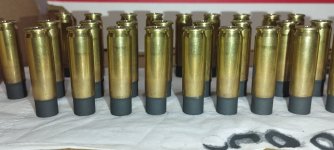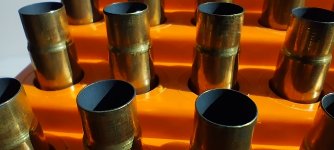Sorry, my friend...been on a hunting trip for last 10 days and may have missed it....difference between what and what?I measured between .0003" and .0004" difference.
Are you saying that the dipped coating is .0003-.0004 in thickness (that is, the difference is between uncoated and coated glass slide dimension).
Or is this a difference between q-tipping the NL2 and dipping...which is something I would personally be interested in as I'm a q-tipper (dang, that sounds perverted haha).
Thanks
Last edited:




